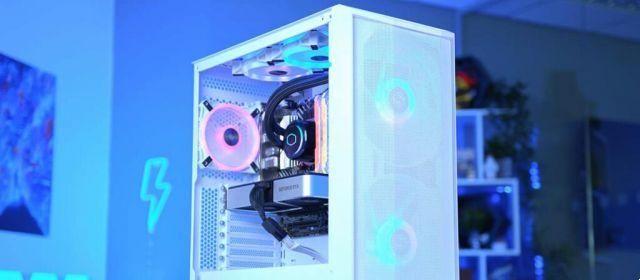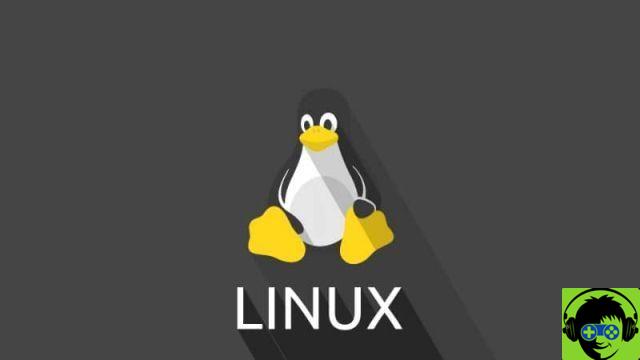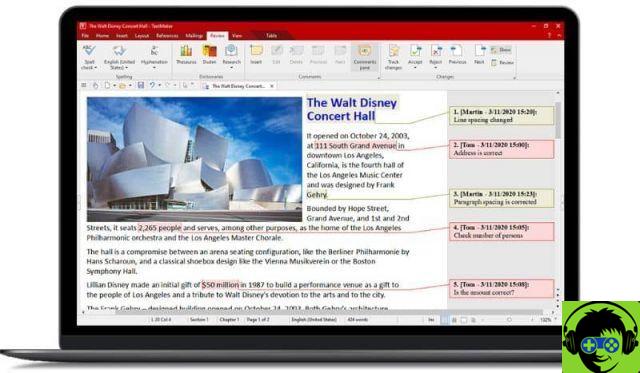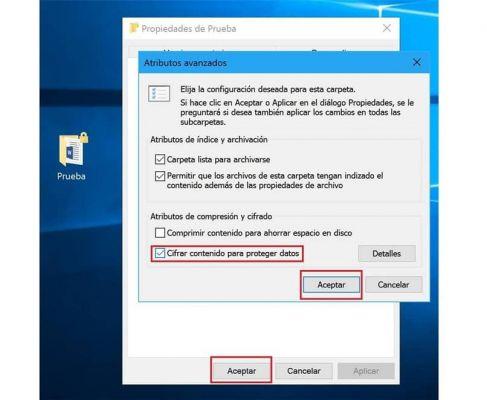The Linux operating system is one of the most adopted by the current technological wave, and this is due to its variety of versions and distributions for all devices, which allow a quick and easy handling of computers, tablets and smartphones.
Linux is also a highly recommended system by IT professionals, who prefer it to Windows and MacOS, which are leading the way because more aesthetic and marketable. If you want to know more about Linux, please read this article.
What is Linux and why is it so recommended?
There is currently a lot of IT and digital movement so you need to have operating systems, for the different devices, which allow to manipulate this flow or transit of information in an efficient and effective way, more and more.
Linux operating system can be defined as an operating system option with the capability of manage all computational processes in a manner quick and simple, with a format not so aesthetic, but easy to learn to manipulate when needed.
The system is based on free software and it has many versions or distributions that make Linux a multifunctional tool that can serve as many purposes as the user deserves.
We may have seen that this system is not as widespread as Windows and its wide diversity, or as MacOS and its great design in addition to the unique and incredible properties of its versions.

But actually Linux is a high quality operating system, with various distributions and great features. It is also recommended by almost all technicians for its originality and simplicity of its design, as well as a myriad of tools that specifically serve the various purposes and uses that are given to it.
What are Linux operating system distributions?
An easy-to-use word to explain the term Linux distribution is Linux version or versions. However, in computer science or electronics it is commonly known as distro or distro. These three are exactly equivalent and the linguistic use of each, or all of them, will depend on the user.
Not only because of the Linux tools and applications is that we consider this system to be one of the most versatile, but as we said earlier, also the huge diversity of versions or distributions of this operating system is outstanding.
A Linux distribution is therefore a system whose kernel is Linux and has unique characteristics that differentiate it from other distributions. Not only for the devices that can use it but also for the specific tools; that make each distribution a special environment for a certain work or purpose possible.
In general, distributions can be said to have free software, except some, which give users the possibility to make changes; where lies the reason why the number of Linux versions exceeds a list with more than 50 places.
What are the best Linux distributions, the most used and the lightest that exist?
The point of better or worse we leave it to the user and depends on the needs of this in terms of the operating system. Although there are some preferred by the majority, either for design reasons or for tools that some have and some don't; in reality the user is the one who determines whether or not it is better for himself.

However, we can at least say which Linux distributions or versions are the lightest and most used today. In this sense, it is important to know that the following distributions are for computer only; and they are special for those who have few resources in terms of capacity.
Some of these are Linux Xubuntu, which only requires 512MB of RAM to run; Linux Lubuntu, as light as the previous one; Linux Lite, which requires 768 MB of RAM; Zorin OS Lite, Arch Linux and many others.
Other distributions also deserve less execution capabilities, as is the case with distribution Tiny Core; that although it works with 10 MB, it works with a minimum of 48 MB of RAM. These represent a minimal percentage of the existing ones.


























